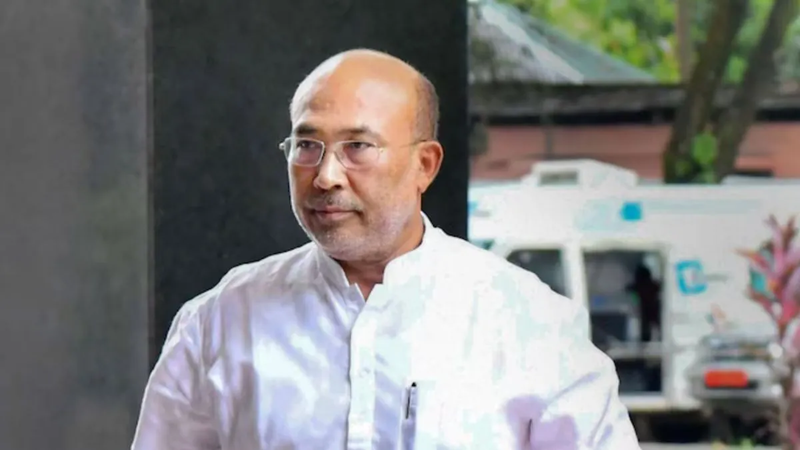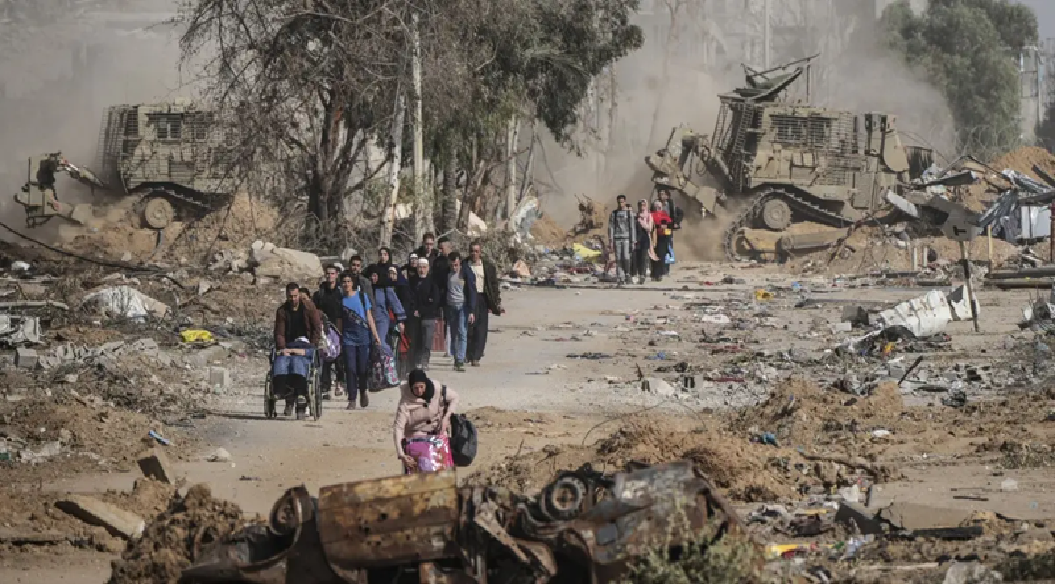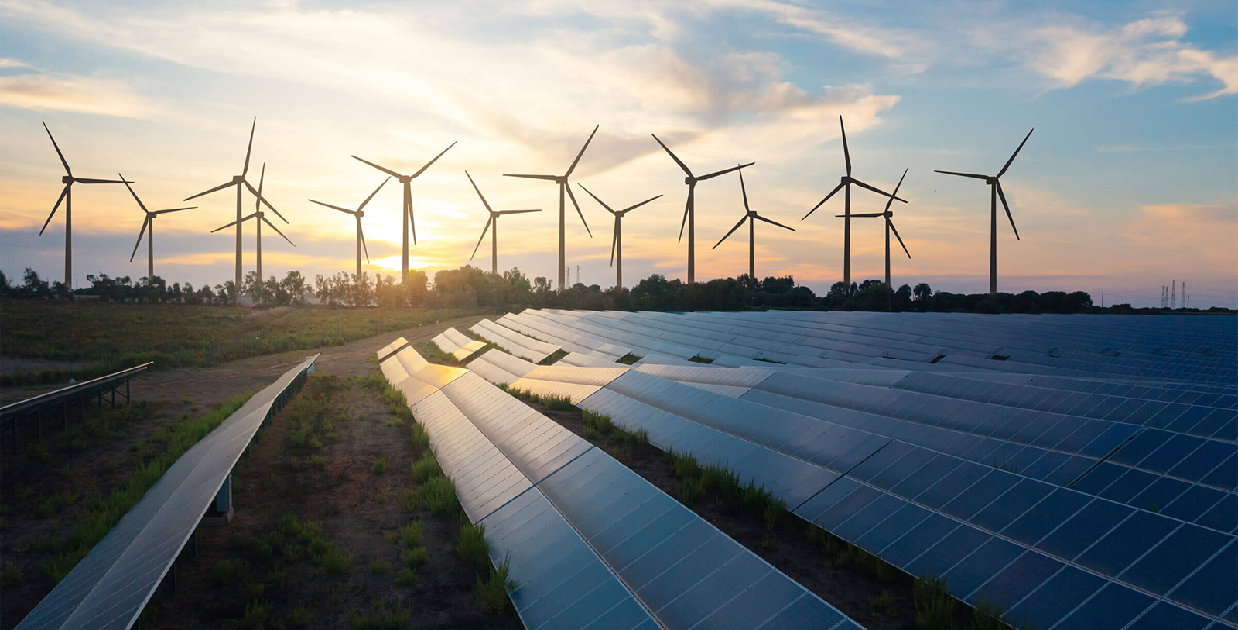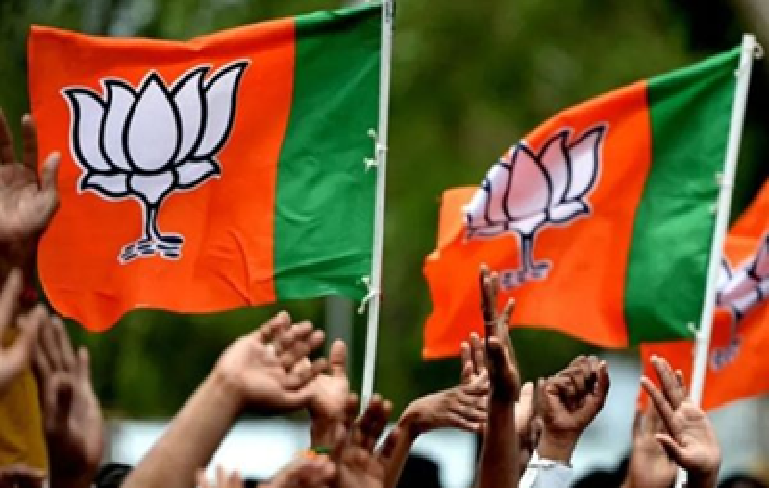
Rich grow richer, the poor remain poor
There is nothing wrong in amassing wealth, for it is an innate desire of every human. But when wealth accumulation crosses staggering proportions in a poor and very unequal country, it is sure to make those with a passion for justice and fairness squirm.
Knight Frank’s ‘The Wealth Report 2023’ says that India’s ultra-high-net-worth individuals (UHNWI) worth over $30 million, are estimated to rise by 58.4 per cent over the next five years, increasing from 12,069 in 2022 to 19,119 individuals by 2027. As for those with an asset value of $1 million and more, which was recorded at nearly 800,000 persons in 2022, this figure is set to rise to 1.65 million during this five-year period, say reports.
Are we moving to a lopsided economy where there are oases of wealth in the middle of a desert of grovelling poverty and joblessness? A cylinder of cooking gas costs Rs 1,000 and more in a country where wages hardly rise and other essentials like petrol and diesel have not seen the downward spiral for quite some time.
A welfare scheme like the Mahatma Gandhi National Rural Employment Guarantee Scheme (MGNREGS), which provides succour to lakhs of deprived by providing them gainful employment, has seen its funding being slashed in recent years – despite the fact that the numbers of those working under the job scheme is steadily increasing.
Leave Bengaluru or any other big city and move a few kilometres and the reality of India’s countryside hits you like a sledgehammer. Nothing much has changed in these parts where people still live in rotting, thatched huts that hardly offer any protection during the monsoon; scantily clad children rush out to greet you and their malnourished bodies convey the cruel message that getting two meals a day is still a distant dream for many Indians.
The fields may be turning lush green after the sowing season, but there is anxiety in every farmer’s eye for an early deluge or even a late monsoon may send their hopes of a good harvest crashing.
There are crop insurance and low-interest finance schemes of course for the ‘relief’ of the farmer but considering the apathy of the bureaucracy, whatever trickles down to them either comes too late or hardly suffices to meet their daily needs or even ensure a hand-to-mouth existence.
The scenario is no different whether you are in CM Jaganmohan Reddy’s Andhra Pradesh or Yogi Adityanath’s Uttar Pradesh – feudal landlords and overbearing politicians lord over the destinies of the poor, living and thriving off their innocence while promising them the moon. There are laws and Acts passed by Parliament and state Assemblies to safeguard the rights of those who deserve a life of dignity and comfort but they remain on paper.
Seventy-five years after Independence, if people are still struggling to secure access to healthcare facilities, housing, employment, nutritious food and safe drinking water, it reflects poorly on our economic planning through the decades. A recent World Bank report says that only 10 per cent of Indians are poor but that too translates into 13 to 14 crores, which is no negligible figure and is much higher than the population of many countries.
In the race for a 5 trillion dollar economy, which leaders of the current ruling front at the Centre have more than once declared as their objective, the rights of the poor are getting trampled, snuffing out the principles our founding fathers had stressed upon at the dawn of Independence.
Any change in the plight of the poor calls for policies and programmes that keep the ‘last man’ in mind while they are being framed and implemented.
As the Mahatma said, “Poverty is the worst form of violence”. How long can we continue to inflict this “violence” and pain on our brethren?
 English daily published in Bengaluru & Doha
English daily published in Bengaluru & Doha






